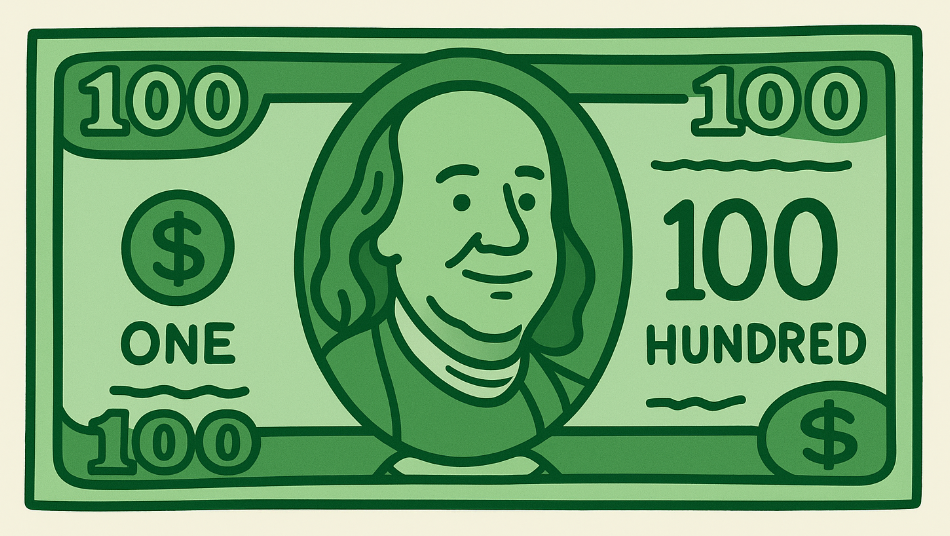
Why Prevention Pays: The Hidden Power of Health Multipliers
In a small European town, a community nurse stands outside a shuttered public health clinic. It’s the only one for miles, and it’s closing because of government budget cuts. Inside, vaccination supplies sit unopened, and the posters promoting heart-healthy diets fade under the fluorescent lights. The town’s mayor insists the cut is “necessary austerity,” a short-term fix to ease the national deficit. However, for families who relied on that clinic, the cost will be long-term in terms of missed checkups, preventable illnesses, and lost workdays.
Across Europe and around the world, this scene has played out too many times. Governments under fiscal pressure often cut prevention and health promotion programs first, seeing them as optional. Yet research tells a very different story: when prevention spending falls, national debt and unemployment often rise.
Public health has always been about acting early and stopping disease before it starts. But in times of economic strain, the case for prevention must go beyond compassion or morality. It must be made in financial terms. Health promotion is not a cost; it’s a multiplier.
From “Cost of Illness” to “Return on Health”
For decades, health economists have tried to capture the financial burden of disease through “cost-of-illness” studies. They calculate the cost of conditions like diabetes or heart disease to the health system — including hospital bills, medications, and lost productivity — and often arrive at enormous figures intended to grab attention.
But those numbers rarely change policy. Why? Because finance ministers think differently. They want to know not just what illness costs, but what prevention returns — when will savings appear, how will spending affect tax revenues, and what sectors yield the greatest economic benefit?
The standard approach doesn’t answer those questions. It highlights the magnitude of the problem, but not the benefits of a solution.
The Multiplier Approach: Spending That Grows the Economy
Enter the multiplier approach — a macroeconomic way to view health spending not as an expense but as an investment that drives growth.
Every euro or dollar spent by a government circulates through the economy: a nurse’s salary becomes groceries purchased at a local market; the grocer hires an assistant; that assistant pays rent to a local landlord, who hires a contractor to renovate a flat. This chain reaction, known as the “fiscal multiplier,” measures the extent to which each unit of spending stimulates economic growth.
Following the 2008 financial crisis, the International Monetary Fund (IMF) estimated that public spending had a low multiplier, approximately 0.7, indicating that €1 in government spending generated only €0.70 in economic growth. That assumption fueled harsh austerity measures. But as the data came in, the IMF’s own analysts discovered the opposite: the true multiplier was between 1.2 and 1.7. Every euro spent on public programs generated more than a euro in growth.
Even more striking, when researchers broke down spending by sector, they found that health, education, and social protection had the highest multipliers, as high as €3 in added economic growth for every euro invested. By contrast, defense spending and bank bailouts had near-zero or even negative multipliers, often sending money out of the local economy.
In other words, prevention and health promotion do not just make people healthier — they make nations wealthier.
Health Promotion as Economic Development
Consider the example of Novi Pazar, a rural region in southern Serbia. Building a 210-bed hospital would cost approximately $100 million, plus the cost of infrastructure upgrades. At first glance, that sounds like a large expense. But through the multiplier lens, it’s an economic engine: the hospital employs local staff, attracts investment, and boosts nearby businesses.
In the U.S., studies have found that rural hospitals contribute between $700,000 and $1 million annually to local economies, more than their operating costs. Closing a single hospital can reduce per-capita income by 4% and increase unemployment by 1.6 percentage points.
Now, imagine similar effects for prevention initiatives, such as a new community wellness center, a regional vaccination campaign, or a school-based nutrition program. Each employs local workers, reduces long-term healthcare costs, and strengthens the tax base through healthier, more productive citizens.
That’s the multiplier in action.
What This Means in Practice
For Local Health Departments
- Prevention is not just about saving lives, but also about stimulating local economies.
- Include economic multipliers — jobs created, tax revenue generated — in grant proposals.
- Partner with economists or universities to model the local return on investment in health.
For Policymakers and Finance Ministers
- Recognize that health promotion is fiscal policy. Investments in prevention drive GDP growth and resilience.
- Prioritize sectors with high multipliers (such as health, education, and social protection) over low-return expenditures.
- Build real-time data systems to track fiscal and social returns on health spending.
For NGOs and Funders
- Support integrated evaluations that measure both health and economic outcomes.
- Highlight the economic ripple effects of prevention in advocacy and storytelling.
Barriers and Next Steps
- Data gaps: Many regions lack localized data to calculate multipliers. Simulation models and cross-country comparisons can fill some gaps.
- Political framing: Health budgets are often siloed as “spending” rather than “investment.”
- Time horizon: Multipliers unfold over months and years; short-term political cycles often overlook them.
Overcoming these barriers requires a shift in mindset — from thinking of prevention as a line item to seeing it as infrastructure, every bit as vital as roads or bridges.
The Bigger Picture: Prevention as Prosperity
The logic is simple but powerful: when people are healthy, they work, learn, and contribute. Health promotion keeps that cycle moving — and multiplies it.
If governments can estimate the economic impact of the Olympics or a new military contract, surely they can do the same for building healthier communities.
Public health isn’t just about reducing illness. It’s about creating value — for individuals, for communities, and for economies. Prevention pays, and the numbers prove it.
Reflection Questions
- How might your organization demonstrate the economic impact of prevention programs?
- What partnerships could help model “health multipliers” in your region?
- How can we reframe prevention spending as the smartest form of economic stimulus?



